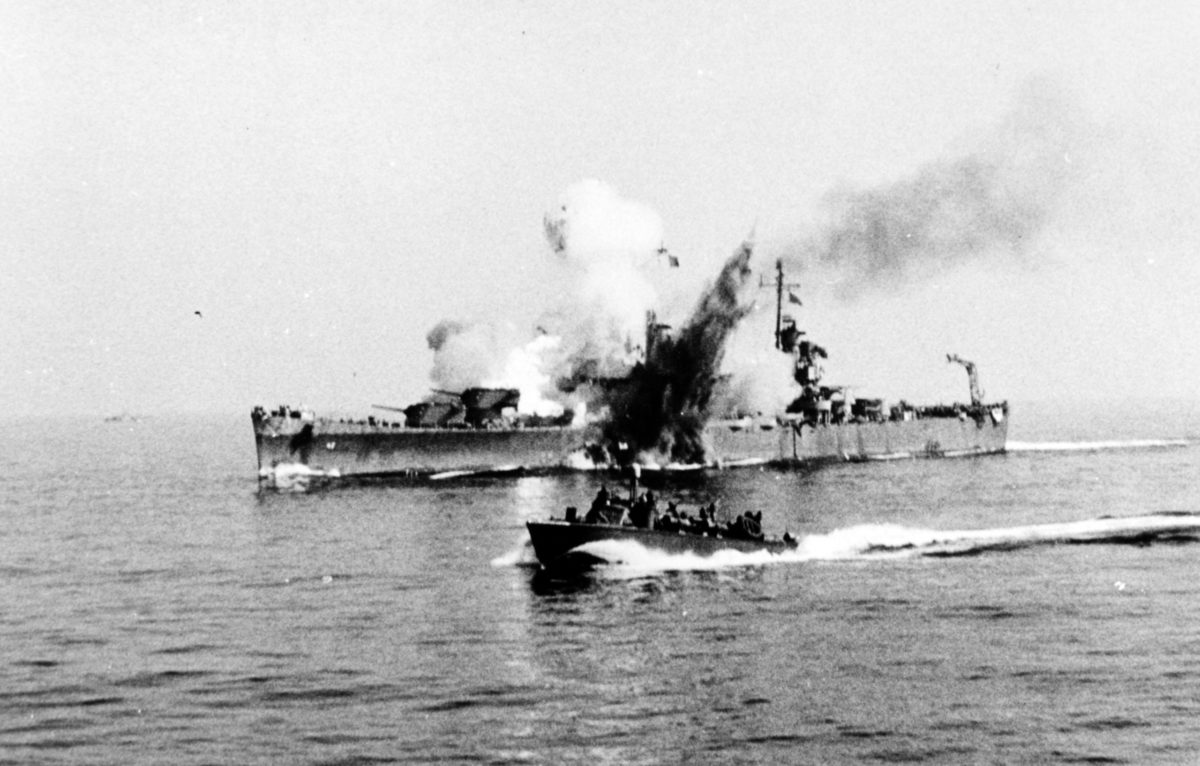Antarctica was always short of coastal patrol ships. There were
four major ports dotted round the coast of Antarctica that had
production facilities. Each port was given a Coast Defence
Cruiser design to build. The ships were to operate from those
home ports, circumnavigating Antarctica for each patrol cycle.
Another four were to be built later but the war commenced and
these plans were shelved till 1920. The basic design was a
cruiser type vessel utilising leftover weapons from prior
construction. High speed was not a requirement but long range
was. One of the first Navy ships to be fitted with low power
diesels. The main armament was to be the twin 9.5" turrets left
over from the cancellation of the semi-dreadnoughts and their
replacement with Dreadnought type battleships. Six single 6"
would be fitted as well.
All four fought through WW1 as monitors - in the shore
bombardment role. Two went to the Mediterranean, the other two
to the North Sea. They proved excellent investments. Long ranged
with the diesel engines, they served for nearly forty years,
through both world wars and almost to Korea. The main interwar
upgrades was to improve the AA capability of the ships. To this
end, the raised 6", fore and aft, were replaced with twin 4"
dual purpose mountings, the two single 2 pounder guns, by the
aft mast, were replace with a quad mounting, the three 3" AA
were replace with 20mm Hispano-Suiza cannons, as were the two 2
pounder guns beside the bridge.
During the interwar years, the ships did their patrol duties
along with acting as Training Ships. One was lost during WW2 at
Dunkirk while supporting the withdrawal of the troops off the
beaches. Bombed by JU-88's it was beached so that it could
continue its support role. Another strike on the ship by Stuka
dive-bombers finished it off, the wreck finally being broken up
in 1947. Two fought in the Mediterranean and received bits and
pieces of damage that would be repaired and the ships returned
to the front lines. They even managed to avoid the Fritz-X
scourge of 1943-44, when acting as bombardment ships off Anzio
and Salerno. The last ship had been seconded to Escort Command
at Liverpool after repairing damage received at Dunkirk (where
its sistership was sunk). It was very useful as the Convoy
Commodore's command as it would go all the way across the
Atlantic without need of refuelling. The Nesmith was credited
with assisting with sinking two U-Boats.
| Displacement | 7,900 tons standard, 10,100 tons full load | |
| Length | 445 ft | |
| Breadth | 68 ft | |
| Draught | 15 ft | |
| Machinery | 2 shaft, diesel engines, 15,000ihp | |
| Speed | 17 knots | |
| Range | 12,000 miles at 12 knots | |
| Armour | 4" side, 2" deck, 6" turrets | |
| Armament | As completed 4 x 9.5" (2x2) 6 x 6" (6x1) 3 x 3" AA (3x1) 4 x 2pd (4x1) |
Refits to 1940 4 x 9.5" (2x2) 4 x 6" (4x1) 4 x 4" AA (2x2) 4 x 2pd (1x4) 6 x 20mm (6x1) |
| Complement | 435 | 455 |
| Notes | Lieutenant Lyakhov Major Nesmith Senator Tork Captain Dolens |
|
USS Savannah receives a hit from a Fritz-X bomb. It would be
many months before the Savannah was ready to fight again. Photo
taken from ANS Lyakhov.
